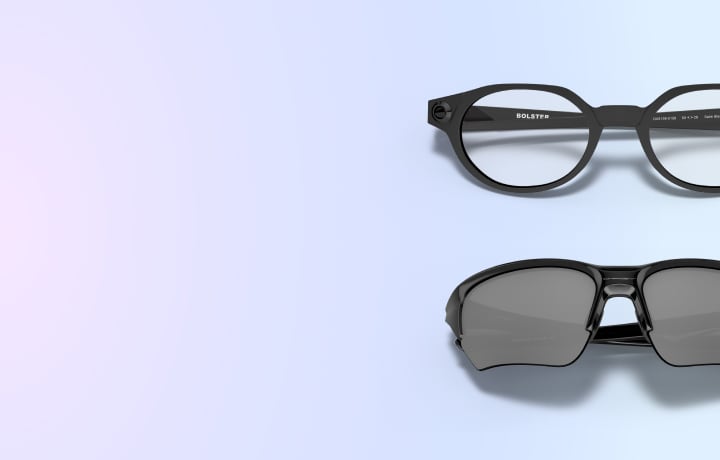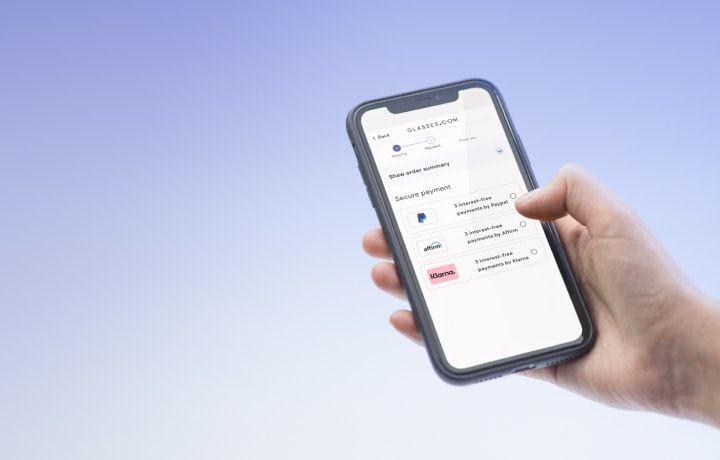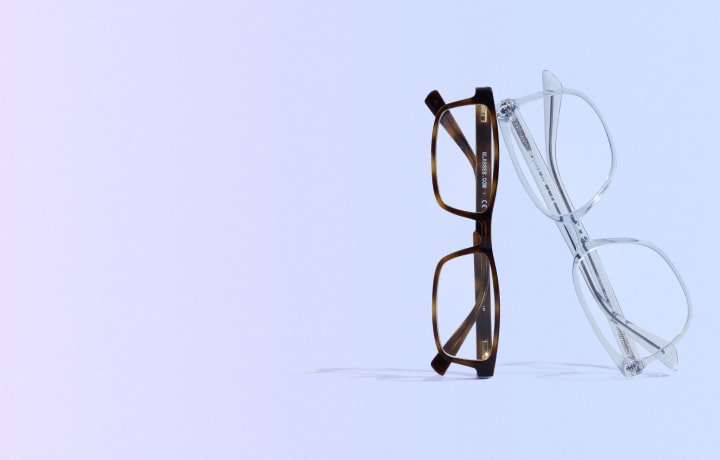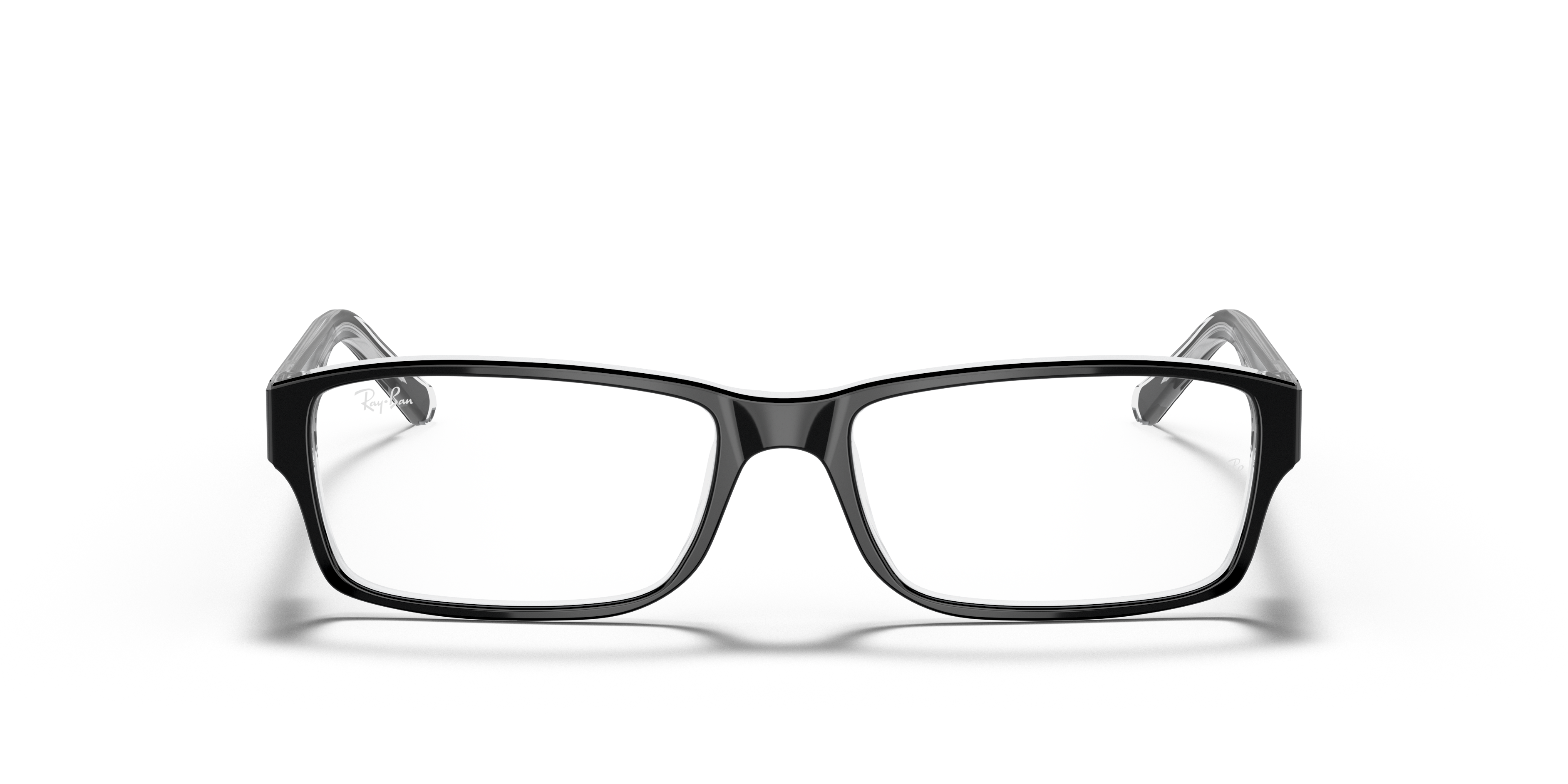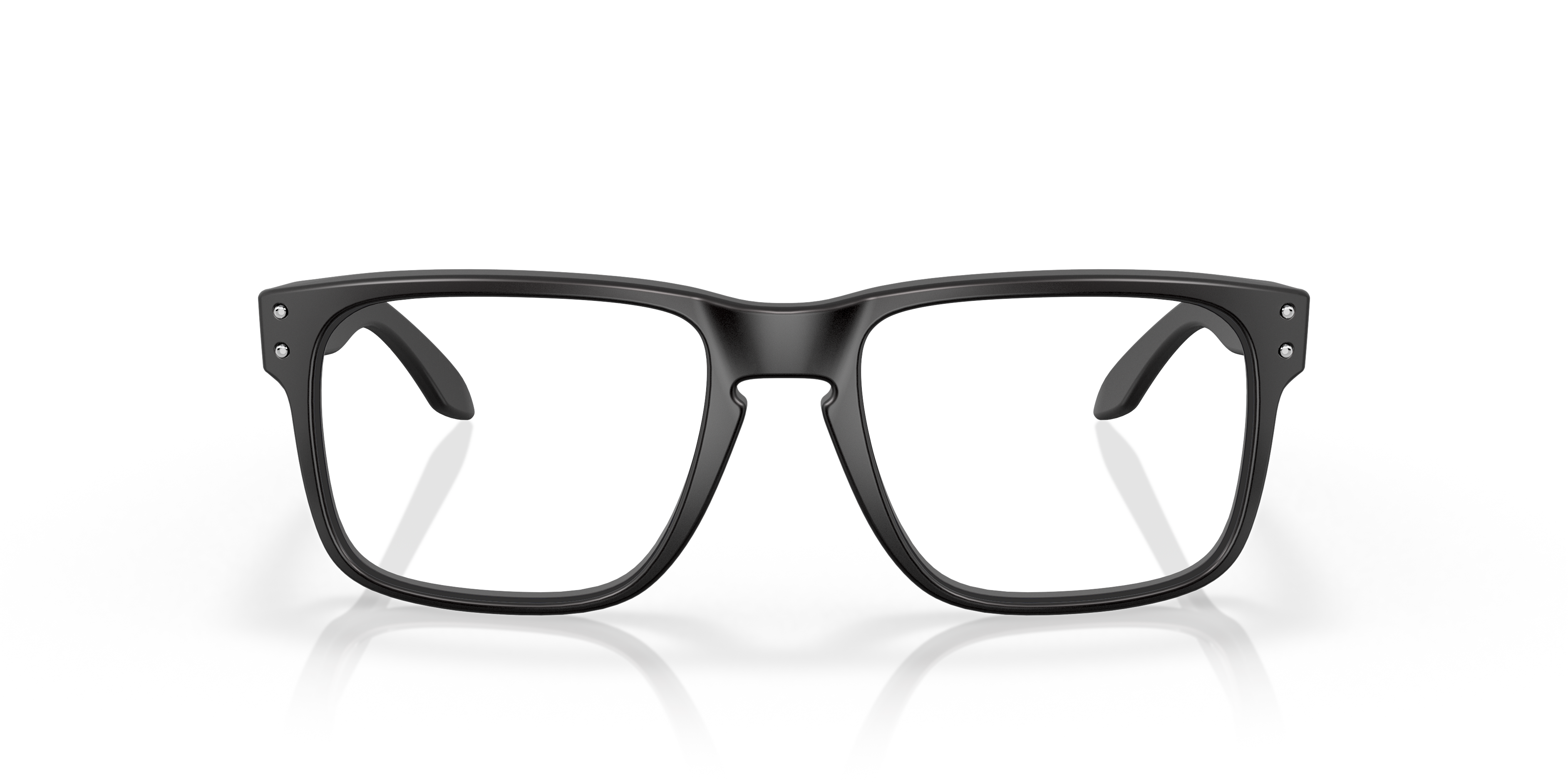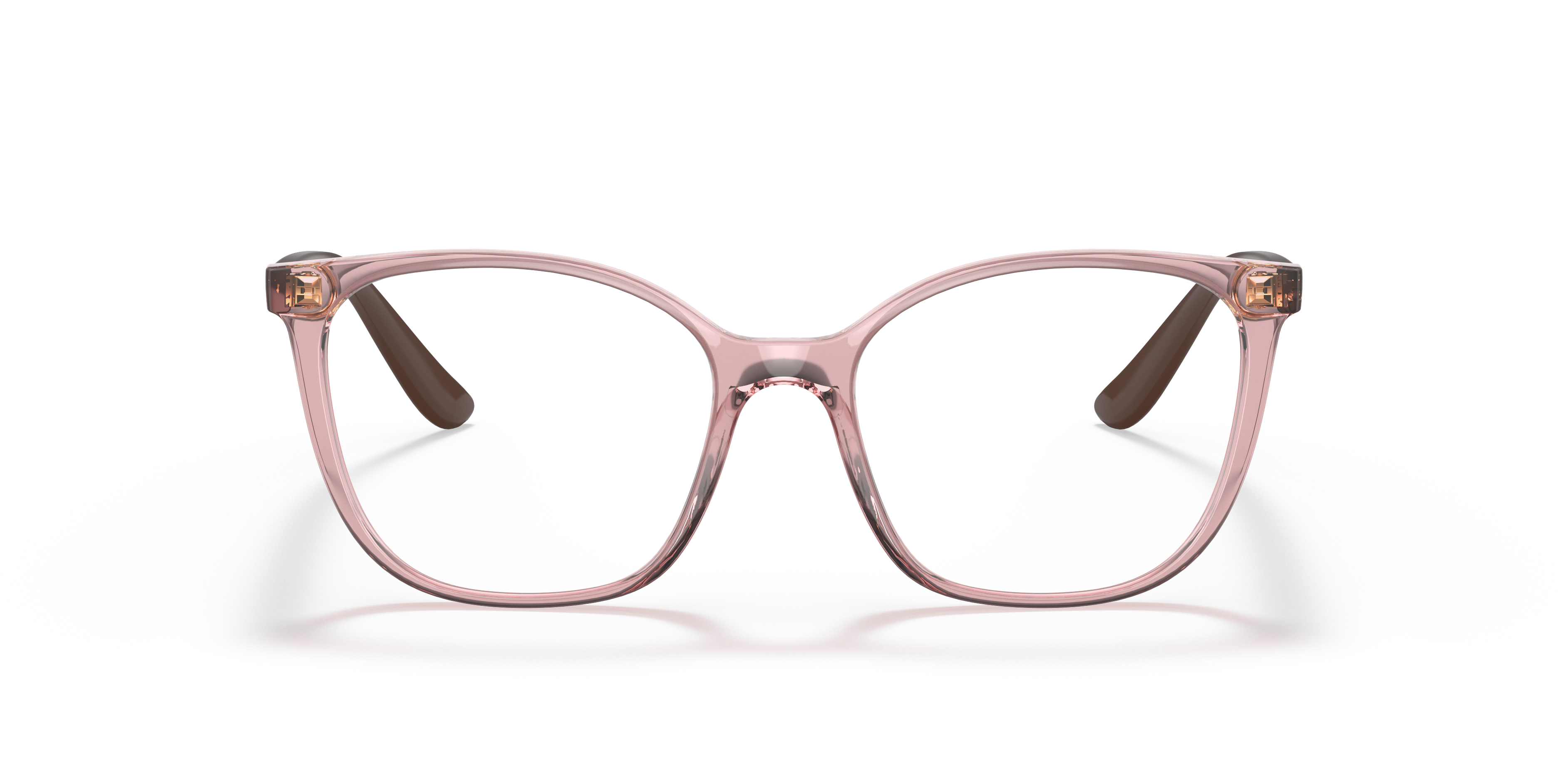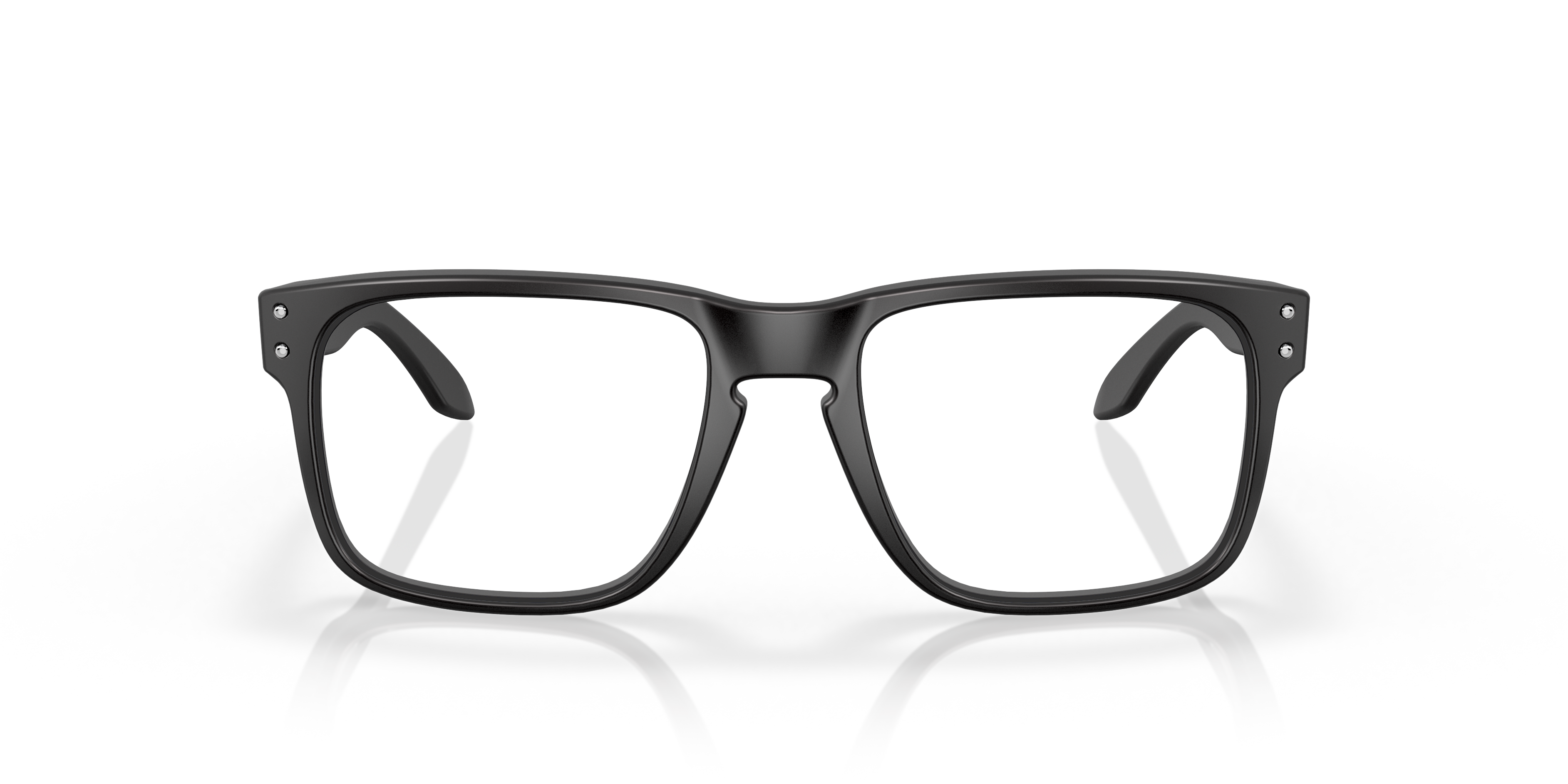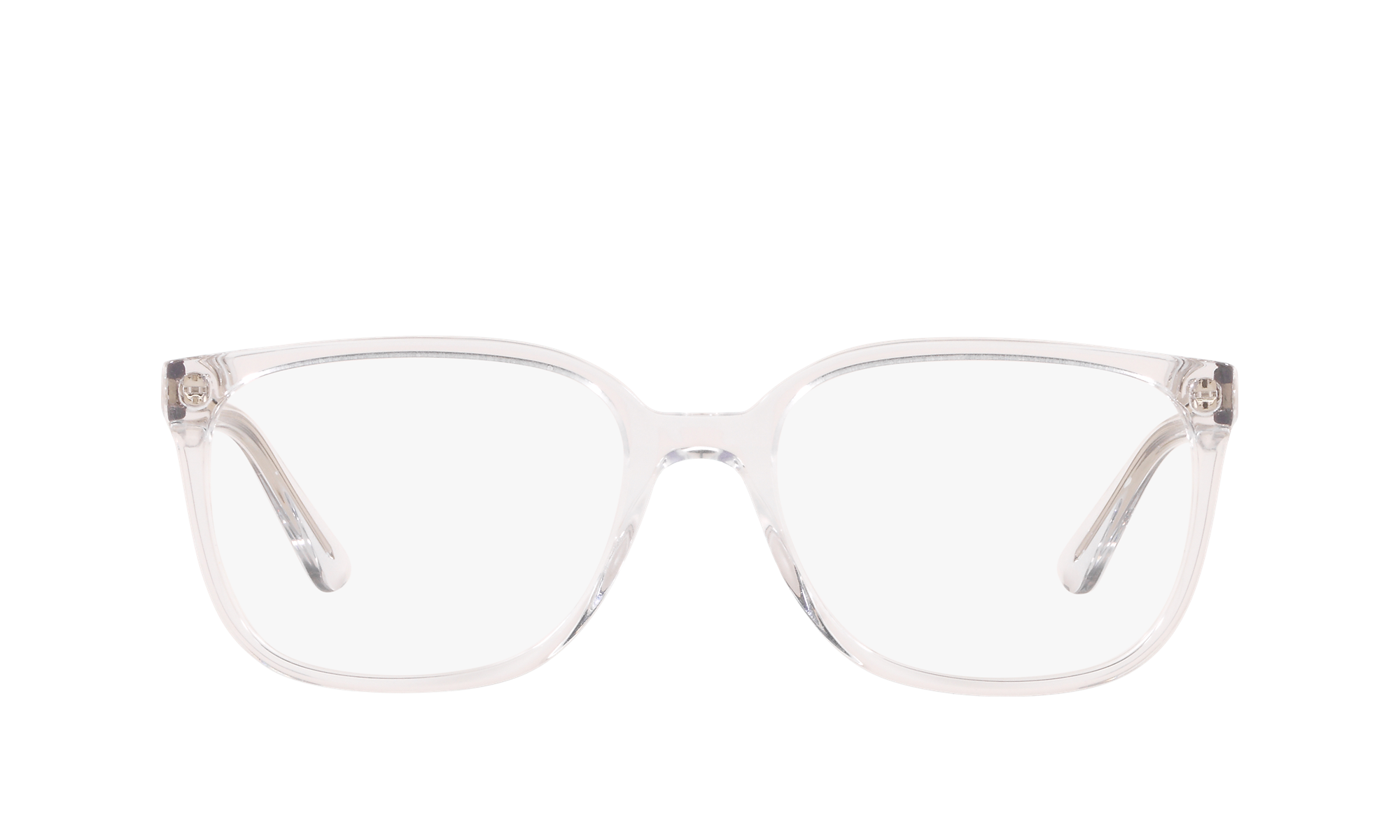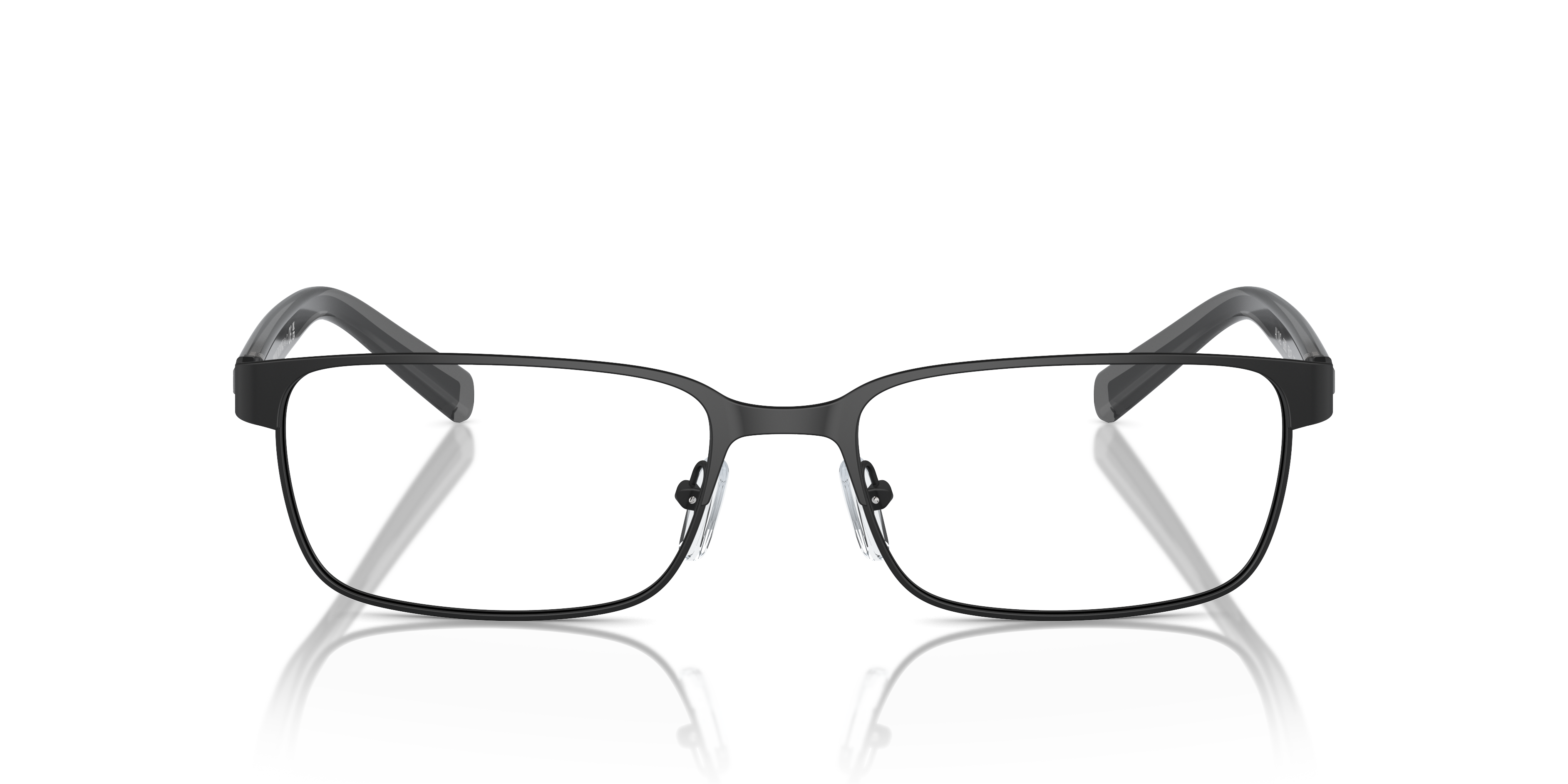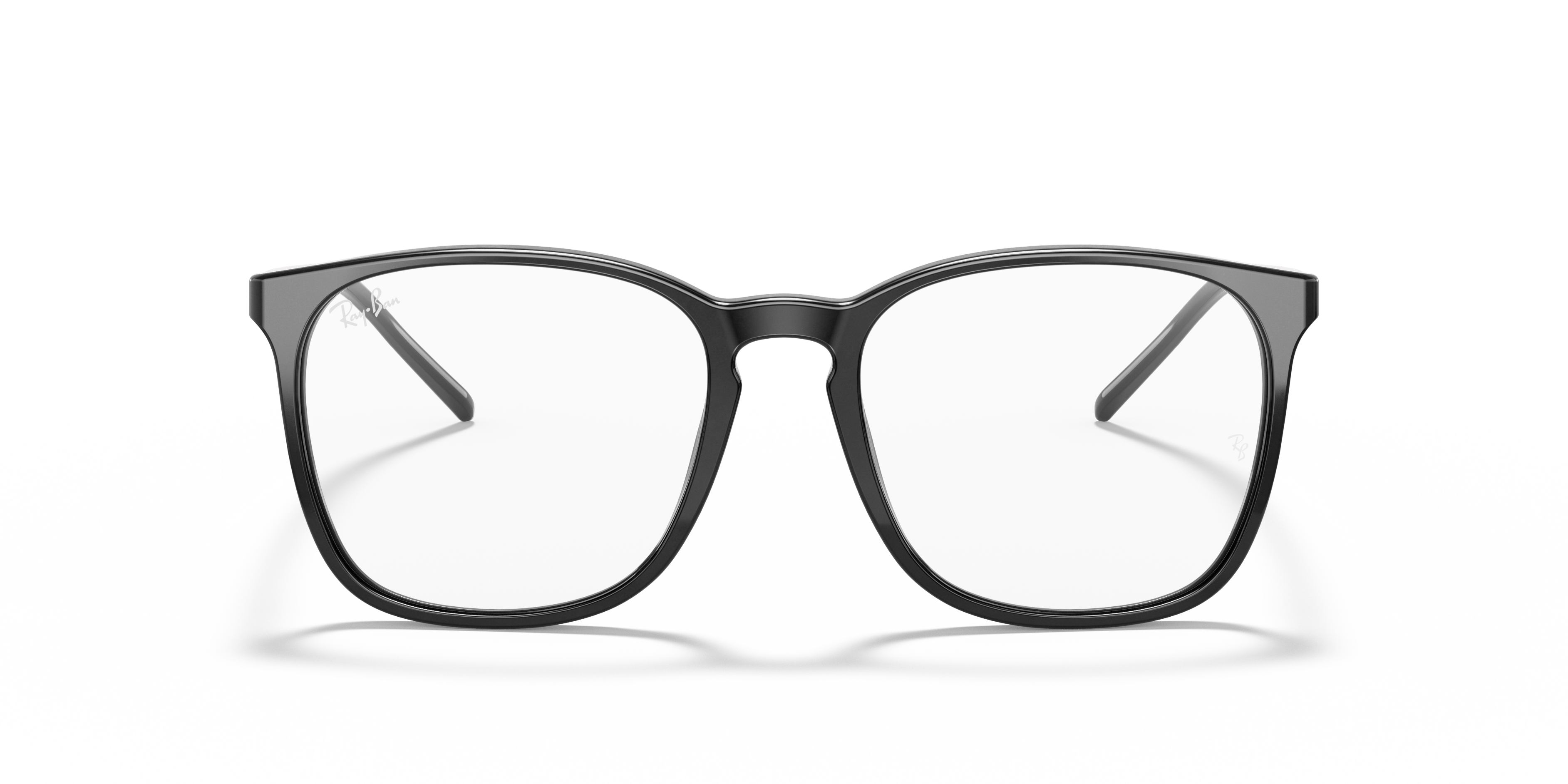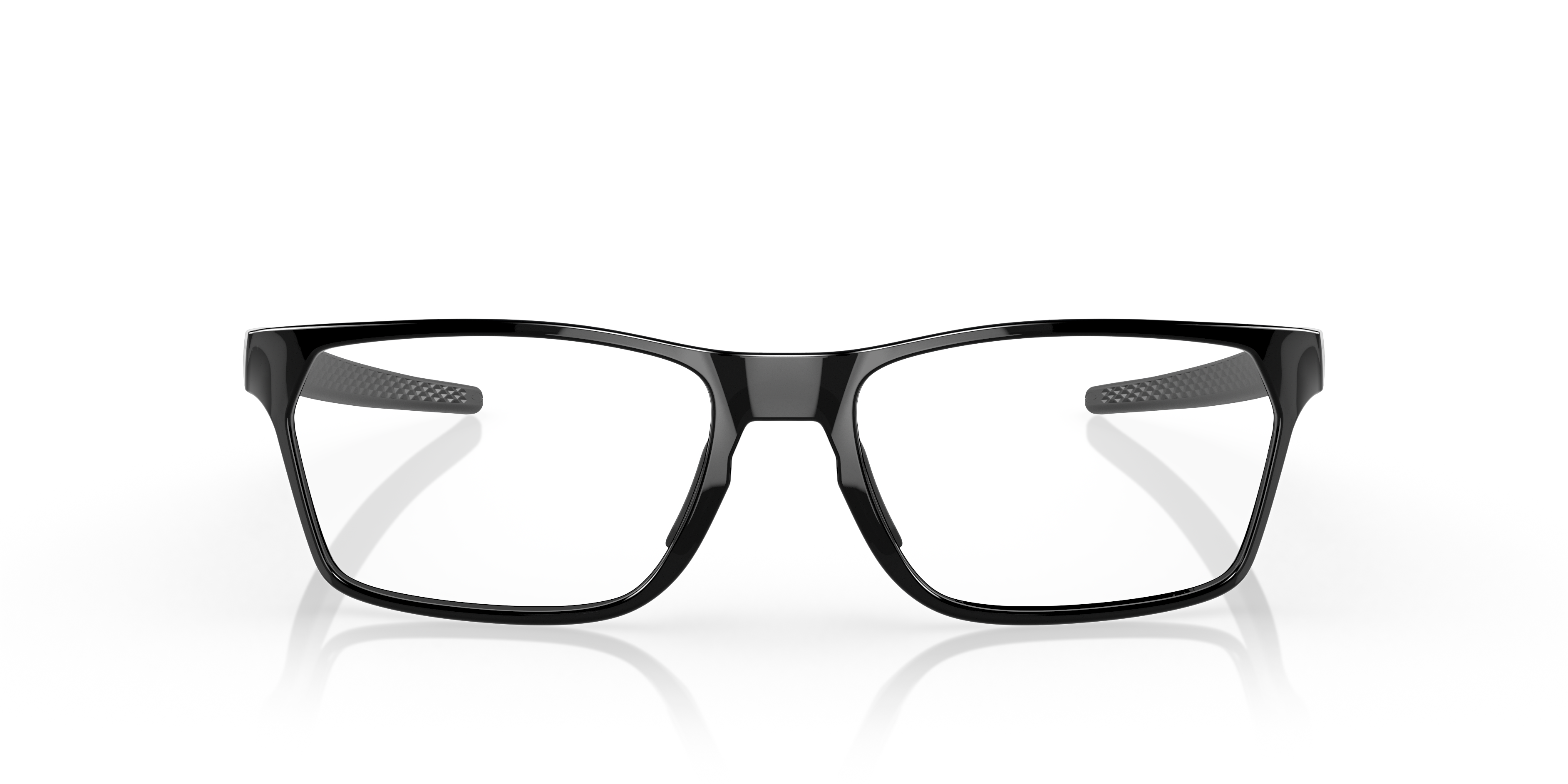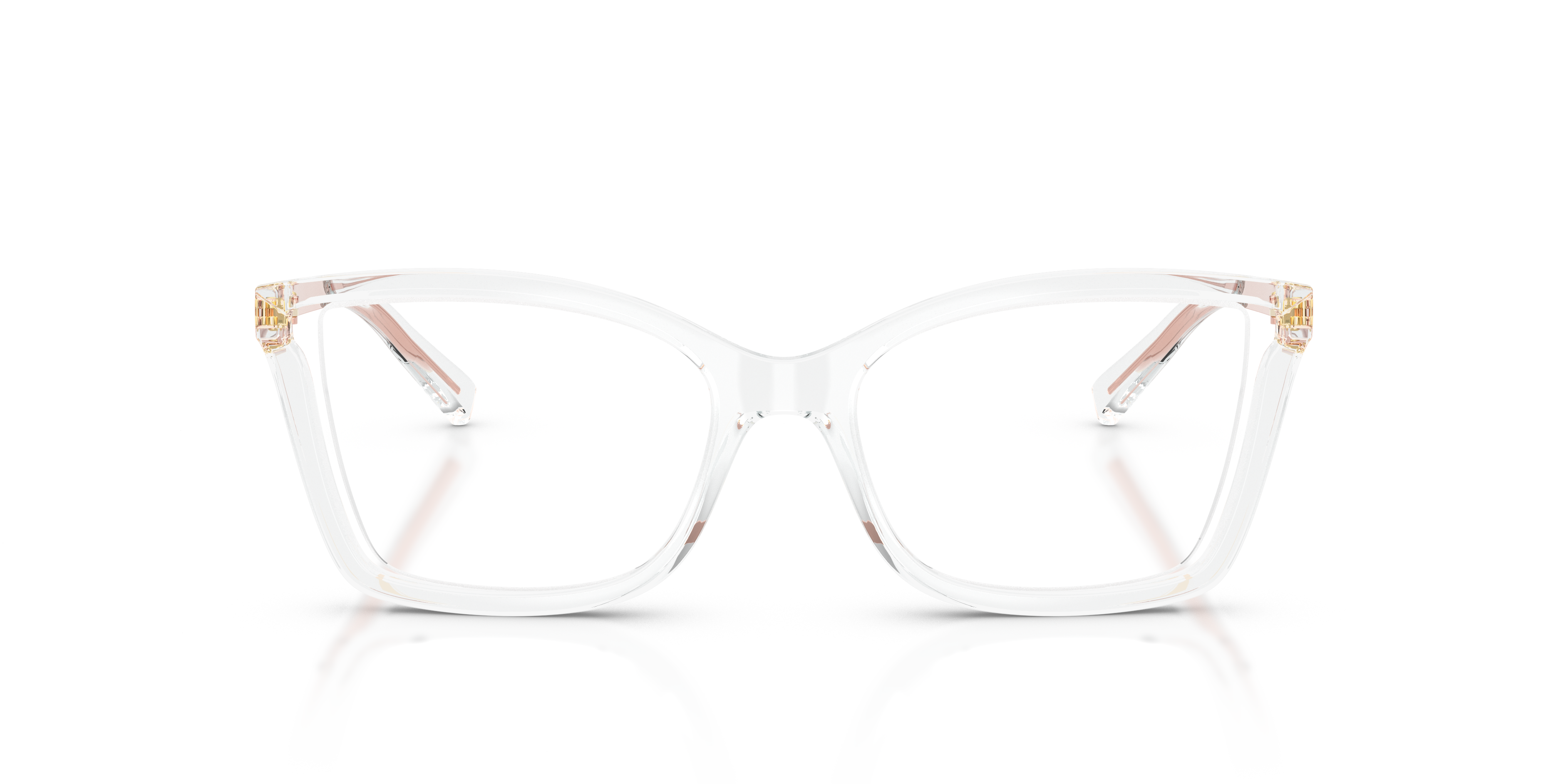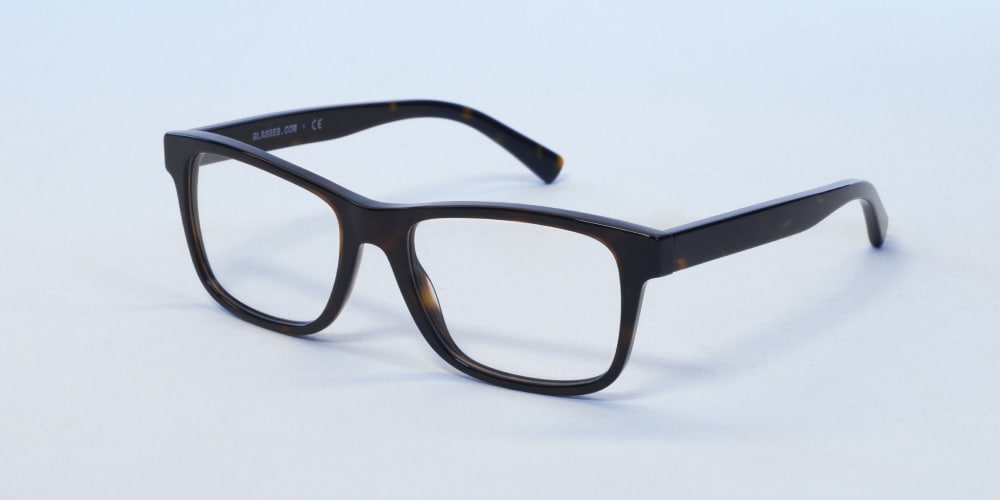
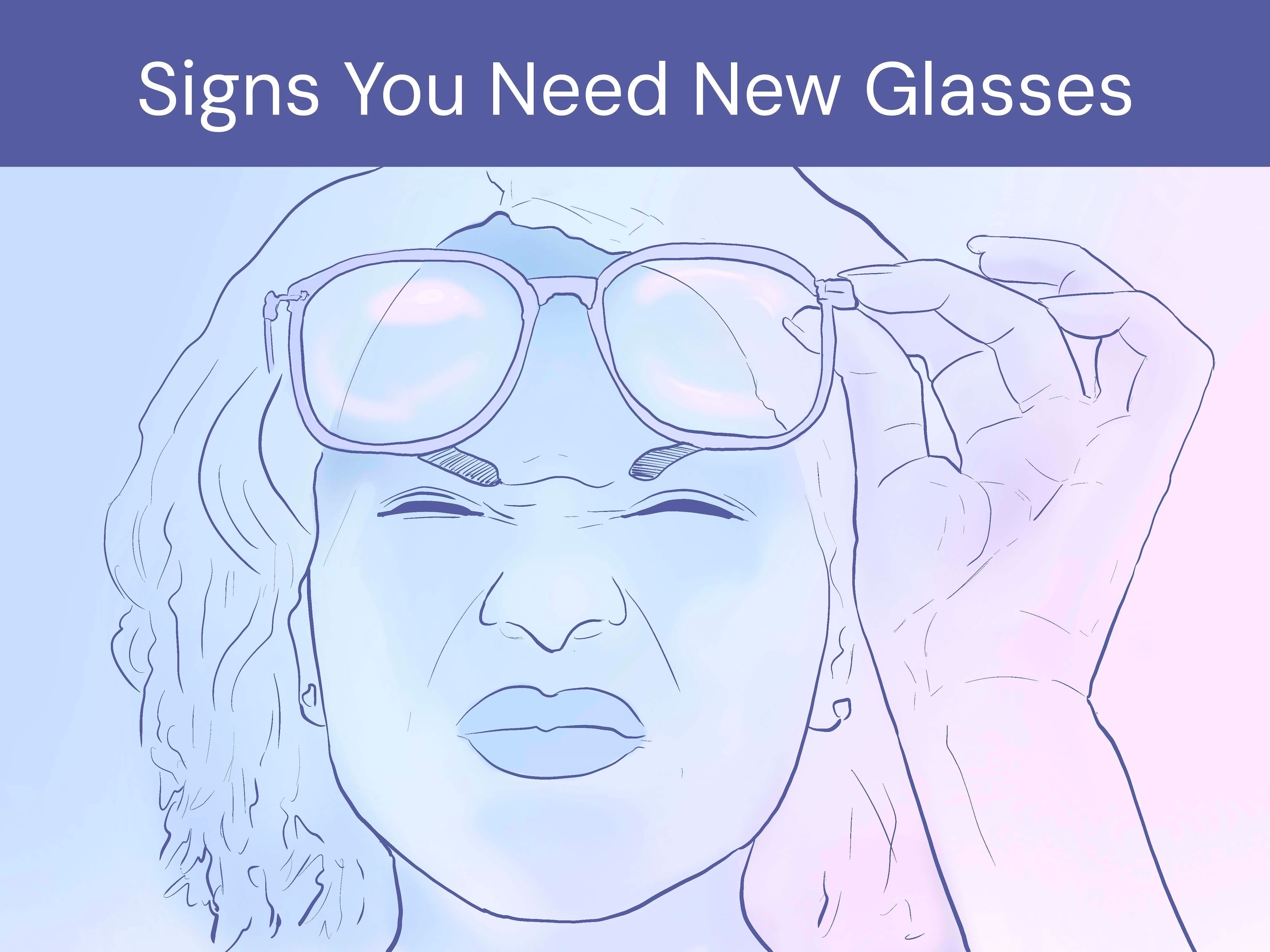
If you think you need new glasses, you may be right. Timing typically depends on changes in your vision, eye health, lifestyle, or style preferences. Increased wear and tear on your frames and lenses can also result in the need for a new pair.
The best way to know it’s time for new glasses is to see your eye doctor each year for a comprehensive eye exam . They’ll check your vision and eye health and ensure your vision prescription is up to date. If you experience any symptoms or issues between routine exams, don’t hesitate to schedule an earlier appointment — they could indicate other health issues.
Read on to learn some common signs that you may need new glasses.
Blurry Vision
You wear glasses to see clearly at various distances, such as for up close activities like looking at your phone, at arm’s length for working on a computer, or far away activities like driving. If your vision is blurry at any distance while wearing your glasses, it may be time for a new prescription.
Blurry vision can be caused by conditions such as:
- Nearsightedness (myopia) – Trouble seeing clearly far away
- Farsightedness (hyperopia) – Blurry vision up close
- Astigmatism – Blurry vision at all distances
- Presbyopia – Farsightedness that usually starts around age 40 and is a natural part of aging
Frequent Headaches
Headaches can also be a sign that you need new glasses. An expired prescription can give you a headache because your eyes have to work harder so you can see clearly.
Headaches also can be caused by other vision problems like eye strain.
Squinting
If you’re squinting to bring things into focus while wearing your glasses, your prescription may need some fine-tuning
Frequent squinting can cause headaches. It can even make age-related wrinkles around your eyes and forehead appear more quickly.
Double Vision
Double vision, also called diplopia, can result when the eyes are not correctly aligned. It can also be a sign of other serious eye or health problems.
Double vision caused by misaligned eyes can often be treated with glasses. Your eye doctor may be able to prescribe prism correction in the lenses, which can bend and redirect light before it reaches the eye. This focuses light on the right spot on the retina so you see one image from both eyes instead of two.
Light Sensitivity
Light sensitivity, also called photophobia, is when exposure to bright light can feel uncomfortable or even painful.
Astigmatism is one reason your eyes might be sensitive to light and could be a sign that you need a new glasses prescription.
It often takes the eyes longer to adjust from light to dark environments and vice versa as people age. If this is true for you, consider Transitions lenses. They automatically darken when exposed to bright light and fade back to clear indoors to make this transition more comfortable for your eyes
Poor Night Vision
Poor night vision can arise from several different causes. For example, seeing halos around lights could indicate astigmatism, which might suggest the need for a new glasses prescription. It’s also common to have trouble seeing at night as you age.
Glasses with anti-reflective lenses can help you see better at night. These lenses help prevent glare and reflections from reaching your eyes. They can also reduce starbursts, halos, and other visual distractions for safer night driving.
Overdue for an Eye Exam
If it’s been more than a year since you had an eye exam, consider making an appointment with your eye doctor.
Your vision can change over time, and regular eye exams are essential to monitor these changes and ensure your prescription is up to date. During your exam, your eye doctor will test your vision and look for eye health problems.
Eye care professionals generally recommend getting an eye exam once per year. You may need to go more often based on your age, medical history, and if you wear glasses or contact lenses. Your eye doctor can help determine how often you need new glasses based on any changes in your eye prescription.
Lens and/or Frame Damage
Regular wear can damage your lenses and frames in the following ways:
- Lenses can get scratched and the coating can be damaged. This can make them hard to clean and to see through clearly.
- Frames can become bent, broken, loose, or worn out. It’s hard to see comfortably if your frame doesn’t fit you well.
A New Job
You might need new glasses for a new job. For example, if you’ll be using a computer for several hours a day, you might want anti-reflective lenses to help keep your eyes comfortable.
If you’ll be spending a lot of time outside, consider prescription sunglasses with polarized lenses . These lenses reduce glare from the sun to enhance your visual comfort outdoors.
Lens Upgrade
Eyeglass lenses continually advance to give wearers the best possible vision. New lenses may be able to help you see more clearly and comfortably.
Style Update
It’s not necessary to have a new prescription or damaged glasses to get a new pair. Treat yourself to those designer frames you’ve had your eye on or invest in higher-quality lenses. New eyeglasses can improve your vision and give your self-confidence a boost.
When it comes to style, there are no rules around how often you should get new glasses. You can switch up your look with new frames as often as you change your outfits if you prefer!
If it’s time for new glasses, we’ve got you covered. We have an extensive selection of frames and lenses to help you see clearly and look great.









